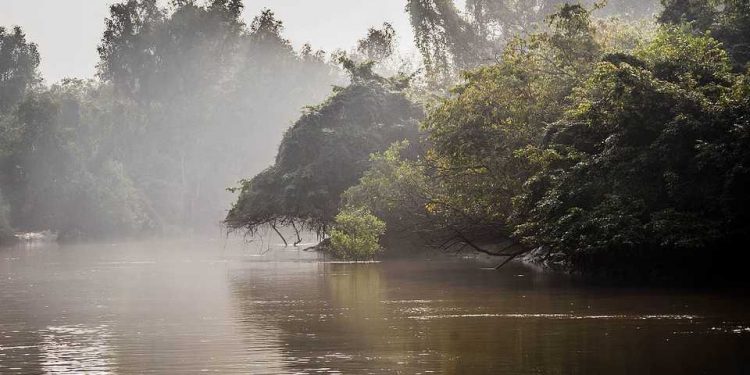Kendrapara: Climate change and global warming have become a major concern and challenge in the Mahanadi delta region, located near Bay of Bengal.
To combat the climate change problem and to protect life and property from cyclones, conservation of coastal wetlands, mangrove vegetations and mangrove afforestation have become the order of the day now, said Kakani Nageswar Rao, Professor of Geo-engineering Department, Andhra University, Visakhapatnam.
Addressing a workshop on Climate Change in Bay of Bengal and its impact on various eco-systems, Rao said the time has come to understand and think deeply about the impact of climate change on coastal land and the heating up of sea surface that leads to intense cyclonic activities along the coast.
The workshop was organised recently by Young India and Water Initiatives, Odisha.
A number of fish varieties thrive in mangrove and coral reef environments along the coastal region and coral reef and mangrove swamps that are important and essential for the growth of flora and fauna. But they are dying due to rising temperature of seawater and its segmentation problems.
If mangrove environments are destroyed, coastal regions are going to be affected directly or indirectly, said Rao.
According to Rao, climate change is happening because of air pollution and rise in carbon dioxide levels in the atmosphere. They are trapping heat on the ground, increasing the surface temperature. As a result, ice is melting in the mountain regions and the Antarctic and Arctic Ocean areas.
When the seawater is heated up, it generally expands and when seawater expands its level increases. The rise in sea level takes place due to thermal expansion. As a result, low lying coastal regions are affected automatically.
“One metre elevation is almost 10 km in land. So, if there is one metre rise in sea level, then 10 km wide land will be affected in Mahanadi delta region. As most of the areas, generally flat and low laying, in Mahanadi delta are facing Bay of Bengal, rise in sea level due to climate change and global warming leads to seawater ingress in land and the ground water contamination,” said Rao.
Construction of dams on most of the rivers for agriculture, drinking water and hydro-electric purpose are not only impounding the water but also trapping sediments in the reservoirs. They have double impact on the environment: Reservoir capacity is reduced by trapped sediments and siltation.
Sediment is required mostly for coastal regions. If sediments are not reaching deltaic region it means the shorelines are getting subsided and the height of the land is reducing because no new sediments are going there. As a result, sea level increases than its natural level and land level goes down, said Ranjan Panda, the convenor of Water Initiatives and Combat Climate Change Network, India.
Coastal wetlands – mangroves, tidal flats and seagrass beds – referred to as “blue carbon ecosystems” also play an important role in carbon sequestration. Wetlands make communities more resilient to the impacts of climate change. They provide buffers against rising sea level and storm surges, and reduce the impacts of floods, droughts and cyclones, said experts ,who attended the workshop.
PNN






































